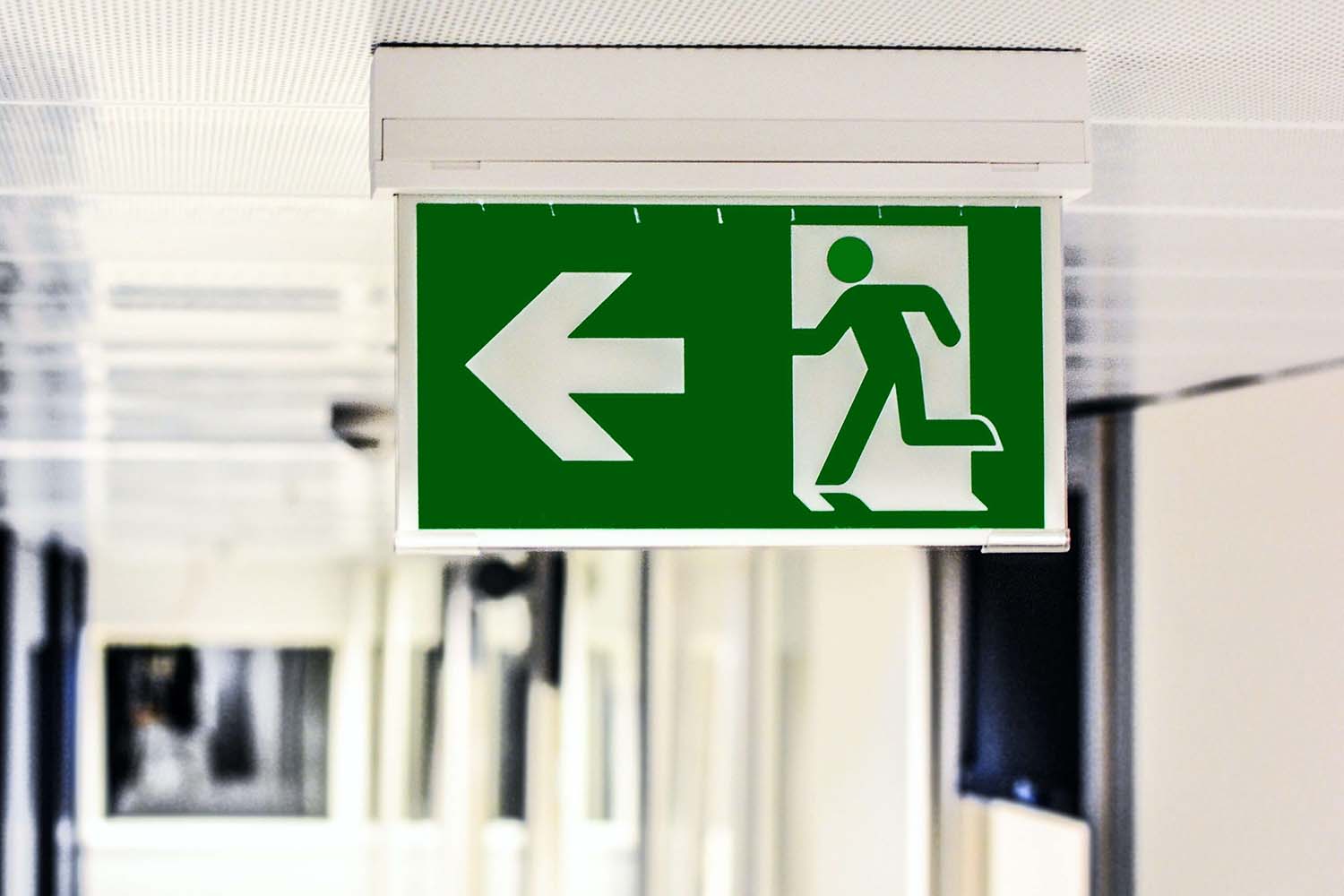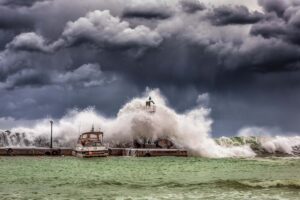Emergency Plan: A Basic Necessity Everyone Should Have
Just like having a will and saving for retirement, having an emergency plan is an essential part of taking responsibility for yourself and your family. Having an emergency plan in place can mean the difference between safety and harm during a crisis. Although it is impossible to plan for every crisis, having these basic steps in an emergency plan can help give you and your family the best chance of surviving and staying safe during and after a crisis.
Creating an Emergency Plan
There are several steps you should take when creating an emergency plan. Begin by understanding your personal risk and personal needs, plus the risks and needs of any family or household members you are responsible for. This involves assessing the possible risks and disasters you could face in your area. Familiarize yourself with all the possible emergency scenarios that could occur so you can be prepare. Common scenarios include home fires, floods, winter storms, tornadoes, hurricanes, and earthquakes. Knowing the risks in your area can help you better prepare for emergency situations.
Next, make sure all family members are on board when creating emergency plans. It is important they understand the plan and how to respond to each scenario. Discuss the plan with each family member and practice it to make sure everyone is comfortable with it. Make sure emergency contact numbers such as fire stations and police stations are saved into each family member’s phone.
Once the risk assessment is done, it is time to start planning. Establish two exit routes from your home in the event of an emergency. Often, if one route is blocked due to debris, having an alternate route can save precious time and energy. Also, draw up a map of the two exit routes and post it in a prominent spot in your home, such as on the fridge or the front door. Make sure every family member knows the escape routes by heart and is familiar with locations outside the house.
You should also set up a chosen spot outside of the home to congregate in the event of an emergency. This known spot is also important in case someone is separated from the group. Preferably, the spot would be out of harm’s way from the initial incident. You should also make sure the location is close enough to the home so it’s easy to reach, yet far enough away that it’s out of the danger zone and accessible in the event of an emergency.
Along with plotting escape and meeting points, consider any special needs that could arise in an emergency. This includes those that may affect members of your family, such as medical issues or pets. Before a crisis unfolds, make sure each family member know what to do and who they are responsible for in the event of an emergency. It is important to plan ahead and have resources in place before a natural disaster happens, such as medication, food, and water.
Finally, practice the plan with your entire family. Walk through the plan together and practice the escape route at least twice a year. This will help family members remember the plan and stay calm in the event of an emergency. Review the plan regularly and update it if needed.
Conclusion
Having an emergency plan is essential to ensure everyone’s safety in the event of a disaster. Although it is impossible to plan for every emergency, following the steps outlined in this article will help you create a reliable emergency plan. Take the time to assess personal risks, map escape routes, set up rendezvous points, and consider special needs so you and your family are prepared for anything. An emergency plan may not be the most enjoyable thing to prepare, but it is a basic necessity everyone should have.



